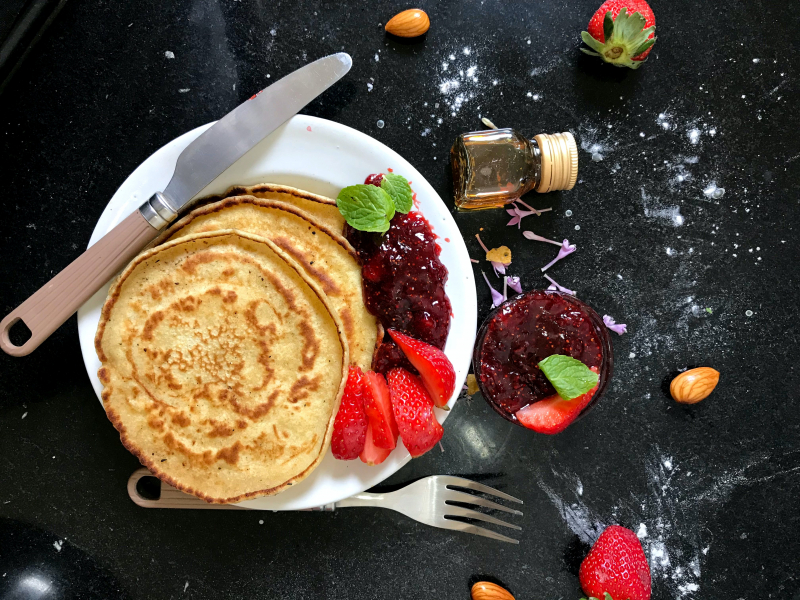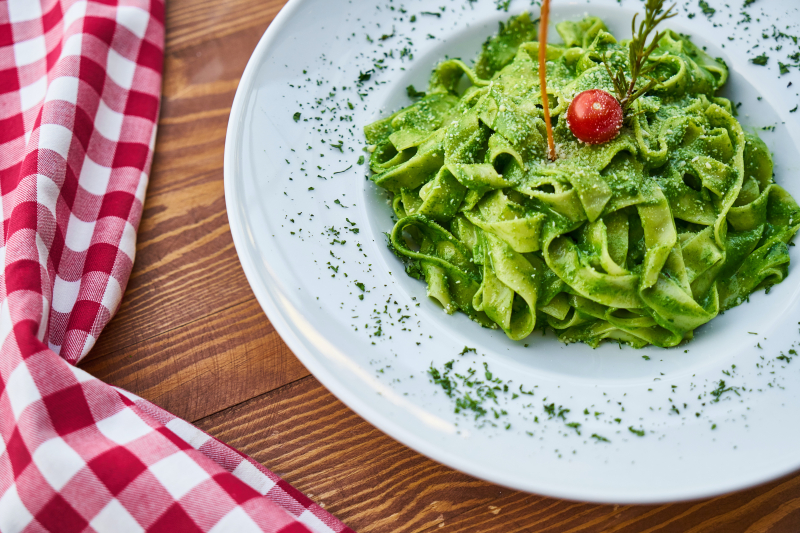Volumetrics Diet

The Volumetric Diet, created by Barbara Rolls, PhD, professor, researcher, and director of the Human Digestive Behavior Research Laboratory at Penn State University, provides in-depth instruction , recipes and information on how to calculate the calorie density of your favorite foods. The diet encourages you to eat foods that are nutrient-dense, low in calories, and high in water, such as fruits, vegetables, and soups. This will help you feel full while eating fewer calories. Meanwhile, it limits high-calorie foods like cookies, candy, nuts, seeds, and oils.
The Volumetric Diet classifies foods into four categories based on their energy density. Category 1 - Foods with very low energy density (less than 0.6 calories per gram), Category 2 - Foods with high energy density and low calorie content (0.6-1.5 calories per gram) , Category 3 - Moderately high-energy foods (1.6-3.9 calories per gram) and Category 4 - High-energy foods (4-9 calories per gram). Unlike most temporary diets, the Volumetrics diet should be viewed as a long-term lifestyle change. However, meals can take longer and require more cooking at home. In addition to reducing your risk of diabetes, adding fruits and vegetables rich in fiber and plenty of water to your diet can help you lose weight, support a healthy gut, and reduce your risk of heart disease and cancer.











